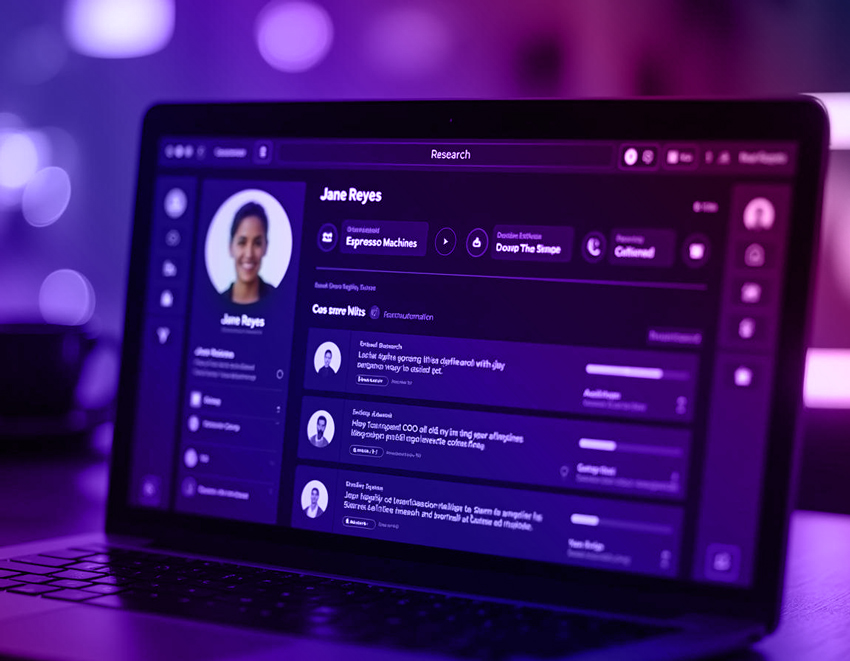Imagine trying to plan a journey without sat nav, traffic updates, or even a physical map. You’d have to guess your route, hope for the best and probably end up lost more often than not.
That’s a little bit like how AI agents *used* to operate. Now, MCP servers are changing all that to drive the autonomous aspect of agentic AI.
Before MCP: AI in the wild
For a long time, AI agents were like keen but nervous new employees. They could answer questions, generate text or perform tasks – but only within the narrow limits of the data and tools that they had baked in. Want them to access your calendar? Someone had to manually hook it up. Need them to pull data from a company database? You’d better hope a developer had already coded that integration.
Each agent lived in its own little silo, making it hard to coordinate, share context or extend their usefulness without a lot of custom tinkering.
In short: AI was powerful, but clunky.
Enter the MCP server
MCP stands for Model Context Protocol, but don’t let the jargon scare you off. Think of an MCP server as the universal translator and traffic controller for AI agents.
Instead of hardwiring every possible tool into each AI, MCP provides a standardised way for agents to discover and use the services they need. It’s like giving our nervous new employee a company badge and a directory of every department, with clear instructions on how to ask for help.
Here’s what that means in practice:
- Plug-and-play tools: Agents can tap into databases, APIs and services without custom code each time.
- Shared context: Multiple agents can access the same information sources without tripping over each other.
- Scalability: New capabilities can be added once, on the server, and instantly become available to any agent plugged into it.
With MCP, AI agents can stop guessing and start *orchestrating*.
Why it matters
This shift is subtle but HUGE. By giving AI agents a standardised way to interact with the world around them, MCP servers:
- Unlock new workflows: Agents can book your meetings, check inventory or even control IoT devices without you juggling integrations.
- Reduce complexity: Developers and businesses don’t need to reinvent the wheel for every use case.
- Boost reliability: Instead of potentially fragile, one-off connections, you get a dependable, repeatable framework.
In other words, MCP servers are the reason modern AI agents can actually *do things*, not just talk about doing them.
To summarise
The Model Context Protocol may sound like a behind-the-scenes technical detail, but it’s quietly transforming how AI fits into our daily and professional lives. By acting as the connective tissue between smart agents and the tools they need, MCP servers are turning yesterday’s isolated chatbots into today’s capable digital teammates.
So, the next time your AI agent seamlessly schedules a meeting, fetches real-time data or coordinates across apps, you’ll know: it’s not magic. It’s MCP.





